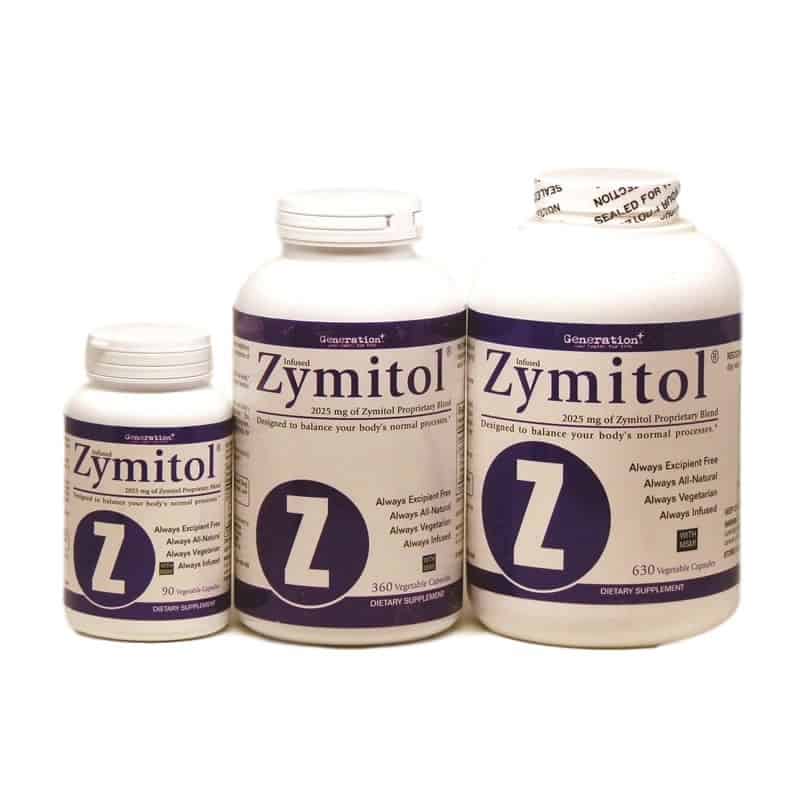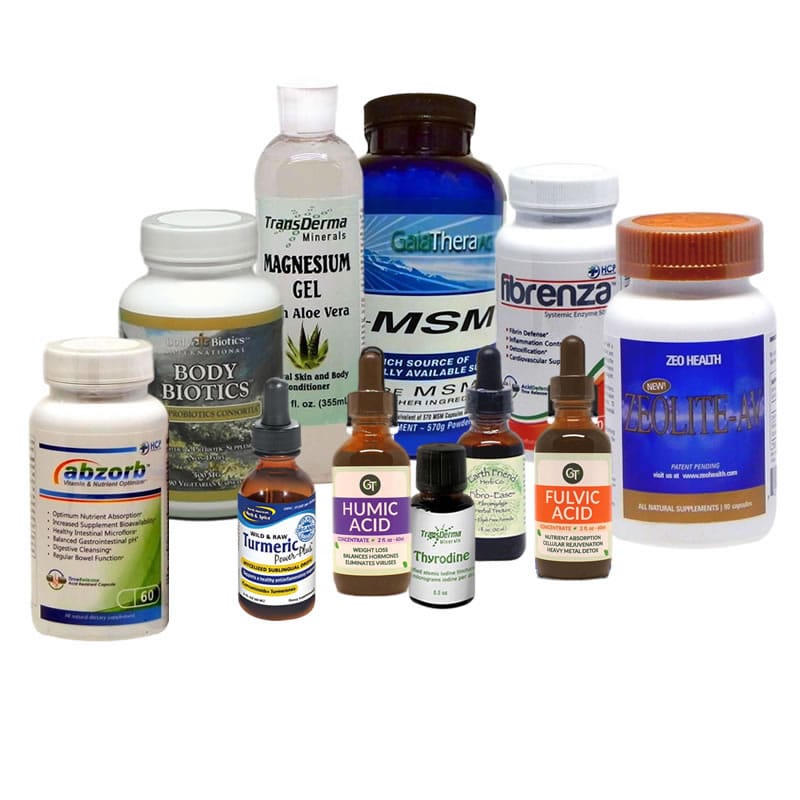No products in the cart.
Fibromyalgia Explained
The defining fibromyalgia symptoms are pain (often disabling) in muscle fibers and connective tissues, the inability to reach a deep state of sleep, fatigue and depression.
When your body is sore, and muscles do not have adequate rest & regeneration time, you lack energy & desire to exercise, which is critical for health, strength and vitality. And sometimes, you’re too depressed to try. Your immune system becomes severely compromised, creating an environment for many other ailments.
While this disease is not life threatening, it can be life altering and quite debilitating. Fibromyalgia can be permanently reversed using natural, alternative treatments.
The Cause of Fibromyalgia
The cause is uncertain, and may be from many sources; poor nutrition & water, lack of exercise & poor elimination, stress, physical and/or emotional trauma, and environmental toxins. Mainstream medicine has no cure, they merely give often ineffective, dead pharmaceutical poisons to mask symptoms. This masking often creates many other undesirable side effects.
Diagnosing Fibromyalgia
Fibromyalgia is commonly diagnosed only after other diseases with similar symptoms are ruled out. There are no laboratory tests available: no changes in muscle tissue have shown on any type of imaging procedure. Diagnosis depends on self-reported symptoms, and a physical examination showing multiple tender points at specific locations.
Additional Symptoms of Fibromyalgia
Additional symptoms may include: tendonitis, bursitis, muscle strain, muscle cramping & spasm, irritable bowel & bladder, migraines & headaches, facial pain, allergies, restless legs syndrome, impaired memory & concentration, hypoglycemia, skin sensitivities & rashes, dry eyes & mouth, anxiety, depression, impaired coordination, dizziness, vision problems, heightened sensitivity to odors, noise, lights & touch, and weather changes. All fibromyalgia symptoms can be made worse by stress.
Natural, Alternative Treatments for Fibromyalgia
In some cases, lifestyle changes alone, can effectively treat and reverse fibromyalgia. In addition, many other alternative treatments are very helpful including:
- Cooling treatments lower body temperature in order to relieve pain and swelling.
- Heat therapy is the application of therapeutic thermal agents to specific body areas experiencing injury or dysfunction.
- Massage therapy is a manual means of rubbing and kneading soft tissues of the body to stimulate circulation and promote relaxation of muscles.
- Chiropractic is a therapy that focuses on the relationship of the spinal column to the nervous system and on its effects in maintaining good health.
- Reiki is a holistic alternative therapy based on Eastern concepts of energy flow in the seven chakras (energy centers) of the body.
- Craniosacral therapy is a holistic, hands-on technique involving gentle manipulation of the bones of the skull, the underlying meningeal membranes, and the nerve endings in the scalp.
- Guided imagery is the technique of focusing the power of the mind on some aspect of the body in order to cause a real, positive physical response.
- Hypnosis is a state described as sleeplike. It is usually induced by another individual for the purpose of tapping into the unconscious mind.
Self-monitoring, education, and self-care are starting points for all fibromyalgia treatment choices.
Points to Complement Your Fibromyalgia Recovery
Contrary to what your friends & relatives may think, your experience is physically real. It is not all in your head. Recognize the fact that fibromyalgia will not just go away someday on its own. You’ve been uncomfortable for some time, and recovery will also take time. Be optimistic about your recovery. There is great power in thoughts.
Your doctor should work for you, and with you. Use only practitioners that try to get to the root of your symptoms, that want your recovery as much as you do, and that respect your input. Stop using prescription medications that only mask symptoms. They make you appear healthier, but inside you are in pain. Ask yourself about the side effects, and if the medications are allowing you body to ever naturally cure itself.
Seek comfort with natural alternative treatments, as listed above. Create peace in your life. Create time when you’re not available to anyone. This will tell your body that you want to heal. Understanding the disease can go a long way towards recovering a healthy lifestyle.
What are Your Risk Factors?
Being female. It’s estimated that fibromyalgia occurs between 70 percent and 90 percent more often in women than in men.
Disturbed sleep patterns. It’s unclear whether sleeping difficulties are a cause or a result of fibromyalgia, but people with sleep disorders such as sleep apnea or restless leg syndrome have more of a tendency develop the condition.
Family history. You may be more likely to develop fibromyalgia if a relative has the condition.
Wellness Tips
People with fibromyalgia usually respond well to a comprehensive approach. Here are some ways to ease the condition:
Exercise Regularly
Aerobic exercise such as walking, running and swimming has been shown to diminish the muscle pain associated with fibromyalgia. To be effective, exercise should be regular and of moderate intensity. At first, exercise may increase your pain, but doing it regularly often improves symptoms. You should aim for at least 20 to 30 minutes of exercise four or more times a week. Stretching and relaxation exercises (yoga, Pilates) are also helpful.
Get Enough Sleep
Fatigue is one of the main effects of fibromyalgia. It is therefore essential to get enough sleep. In addition to allowing enough time for sleep, you should develop good sleep habits, such as going to bed and getting up at the same time and limiting daytime napping.
Reduce Stress
Develop a plan to avoid or limit overexertion and emotional stress. Give yourself time each day to relax. It is important not to change your routine completely. People who give up work or cease all activity due to discomfort tend to fare worse than those who remain active.
Pace Yourself
Try to keep your level of activity consistent. If you do too much on your good days, you may find yourself having more bad days.
Maintain a Healthy Lifestyle
Try to exercise regularly, eat a balanced diet, limit your caffeine intake, get adequate rest, and do something that you find enjoyable and fulfilling to relax you every day.
Consult Your Doctor / Healthcare Professional about new food-based non-drug supplements formulated to help improve quality of life.







